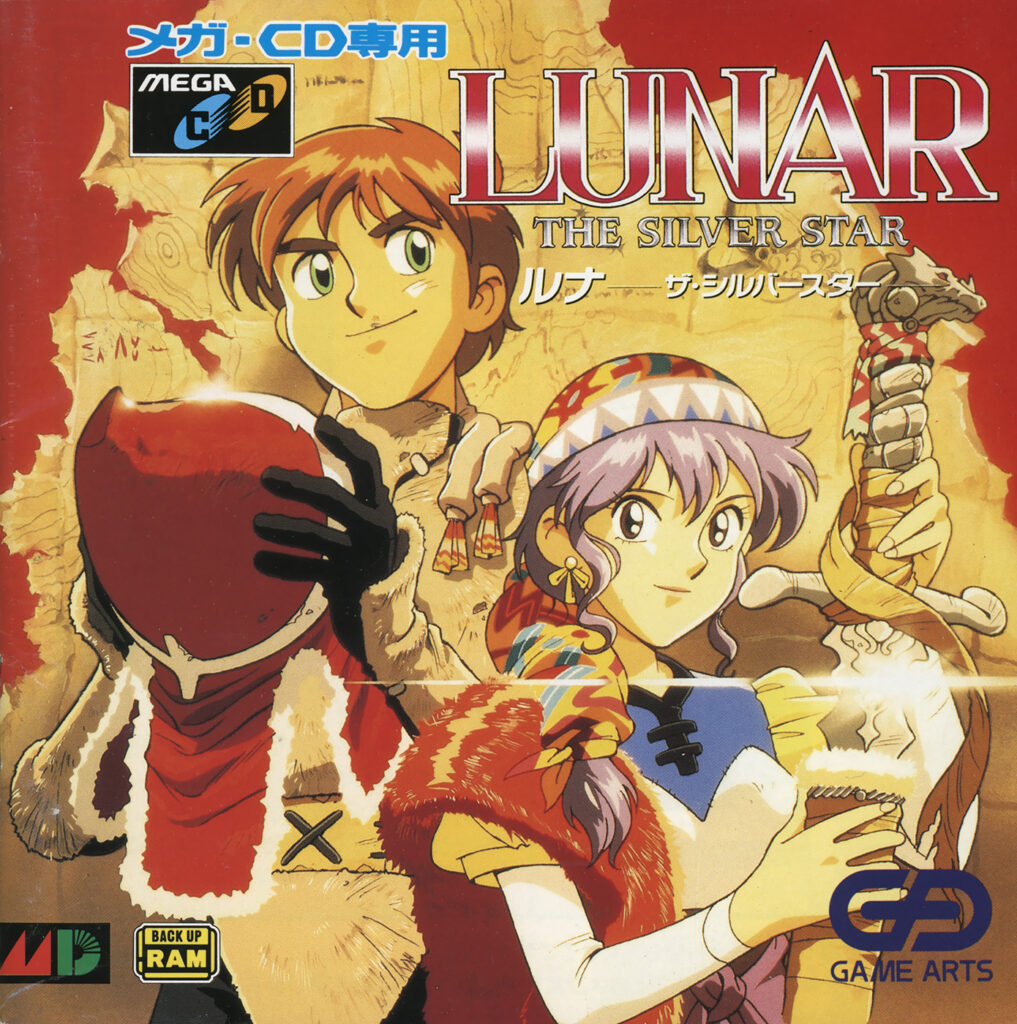
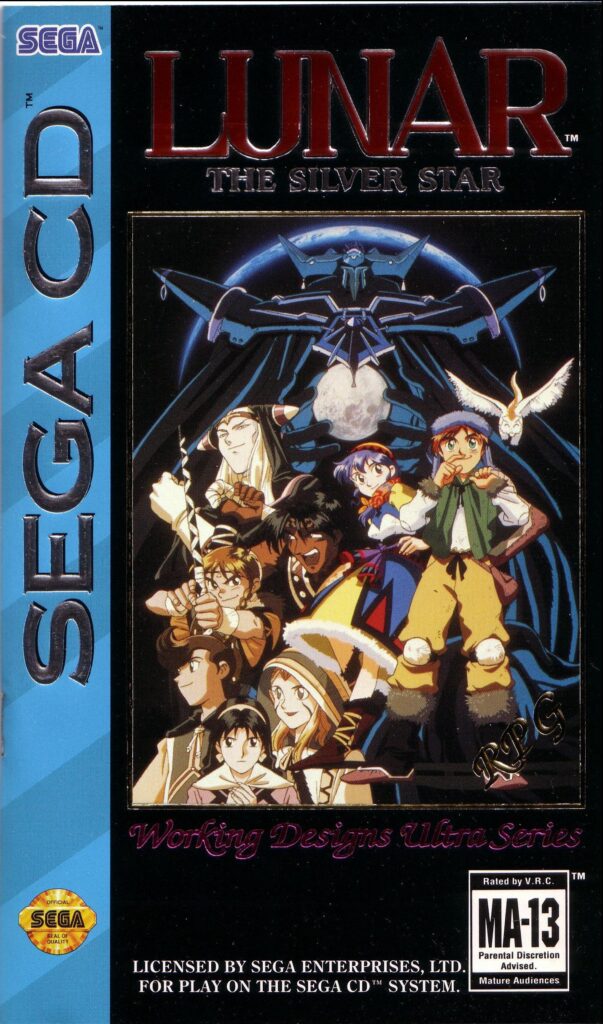
2022 marks the 30th anniversary of the series, as the first LTSS was released in Japan on 26 June 1992 – for the niche Sega Mega CD system. This hardware expansion for the Sega Mega Drive had only been released in December 1991, so the hardware base and the line-up were correspondingly meagre. However, JRPG-loving Japan helped turn it into a success story, and LTSS played a significant part in this by pushing hardware sales to new heights, reaching 100,000 units by the end of 1992. Almost everyone who bought a Mega CD also bought LTSS, making the first title in the series the most successful on the system in Japan.
This success can be attributed to the dream team of designers and developers who have come together under the Studio Alex label. Lunar creator Kazunari Tomi founded the studio after playing a key role in the Dragon Slayer series – also a JRPG – at Nihon Falcon. The vivid Lunar universe was created by novelist Kei Shigema, who worked with Takashi Hino on the story and scenario. Character design and art were created by Toshiyuki Kubooka, and the music was composed by Noriyuki Iwadare in collaboration with three other composers from CUBE.
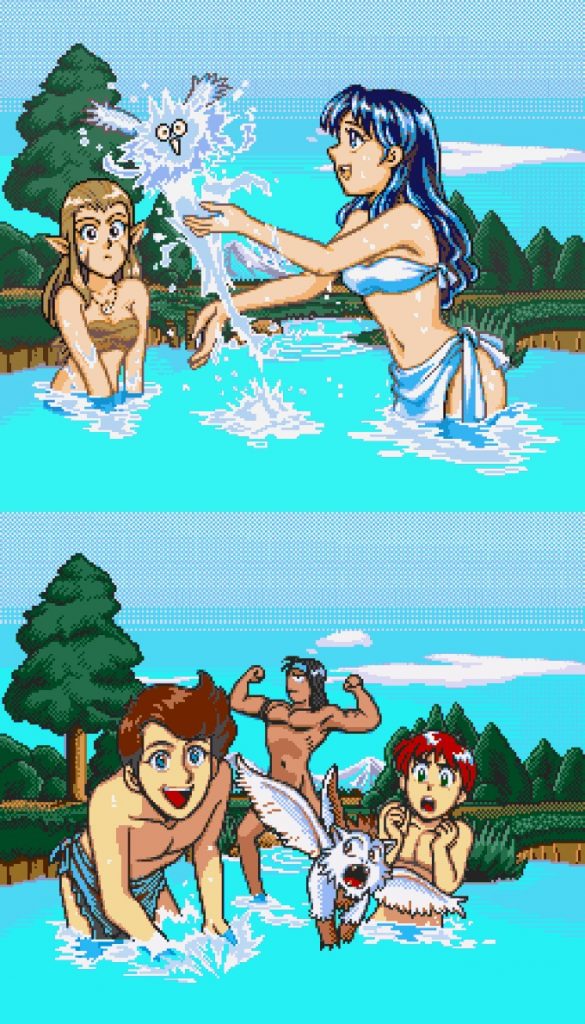
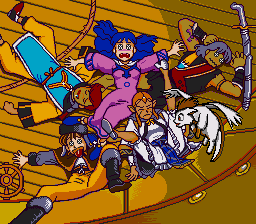
Working with established publisher Game Arts, the development team was able to take full advantage of the new CD-ROM medium and create a JRPG that would not have been possible on a modern cartridge based console. It set a new standard that was later taken up by the JRPGs of the 32-bit era. For the first time, the story was told not only with standard graphics, but also in full-length anime sequences and voice output; The Silver Star features a total of ten (video) or 15 minutes (voice output only) of these sequences at key points in the narrative. The entire soundtrack, with a total track length of almost 60 minutes, is recorded orchestrally as CD audio; the Mega Drive’s Yamaha sound chip is only used for sound effects and smaller jingles.
This kind of presentation was unique at the time of its release and was a big part of its success, along with its gameplay qualities. The title itself is a classic JRPG and begins in a rather stereotypical manner: you play Alex, a village boy who dreams of following in the footsteps of his hero Dyne, becoming a ‘Dragonmaster’ like him and saving the world. Together with his sidekick Ramus and Luna, an orphaned girl taken in by Alex’s parents, you embark on this great adventure. Over the course of the 15-hour debut, the epic story unfolds across a variety of locations and is full of surprising twists and turns.
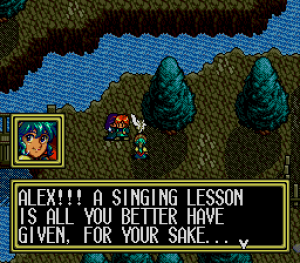
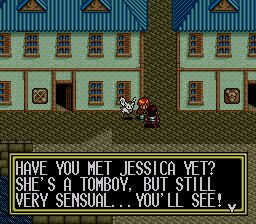
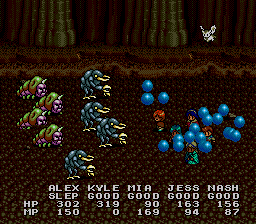
When we played the title again in preparation for this anniversary special feature, the spark was immediately rekindled. The Silver Star on Sega Mega CD is a very compact JRPG whose first impression is that it plays extremely smoothly: The party scurries around the screen, never getting impatient. The frequency of random battles is moderate, as is the level of difficulty, so there is no need for unnecessary grinding. Only the management of the limited inventory can be a little annoying in the second half. Overall, though, you can concentrate fully on the game world and the epic story without being frustrated by poorly designed gameplay elements. As the hero, Alex, is ‘mute’, meaning that he has no dialogue of his own, the story is mainly told by the other characters in the party. Special mention should be made of the flying cat, sorry, dragon-like sidekick Nall, who always adds a good dose of humour to the dialogue. The Silver Star not only tells the main story and the interactions of the main characters in epic proportions, but is also known for the immense amount of detail in the texts of all the other characters. Almost every non-player character (NPC) has dozens of lines of text throughout the game, allowing them to comment on the progress of the story throughout the game. It is well worth revisiting previous locations, such as the home village of Burg, just to experience this. In fact, Lunar is the first game in which even the NPCs experience a degree of character development, as they are involved in the story throughout the game and ‘share in the excitement’.
This success in Japan caught the attention of American publisher Working Designs, who secured the rights for the American release, which hit US shelves in December 1993, in time for the Christmas shopping season. Sales figures are not known, but the American press was extremely positive about the title. What made Working Designs stand out as a publisher were the brilliant translations, which breathed extra life into the already excellent original Japanese texts, and buried many pop culture references in the lush NPC text. The US releases also stand out for their extremely high quality, which is reflected in their collector’s value today: Seven different CD design variants of The Silver Star have been pressed – full set collectors ‘rejoice’.
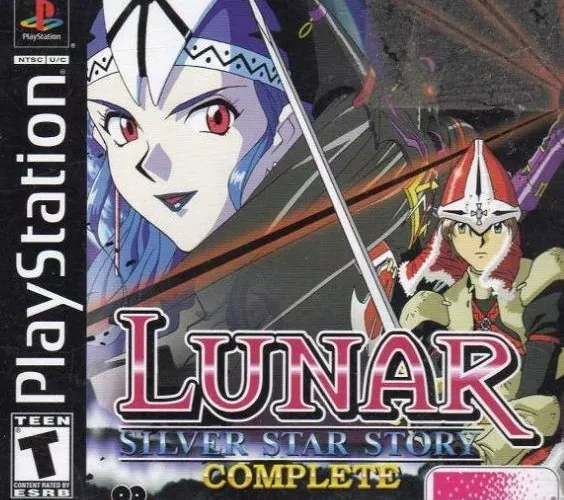
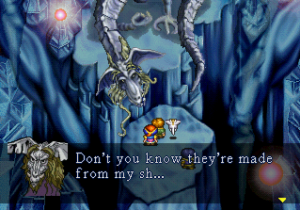
Due to the quality of the game and the commercial success of its successor, Eternal Blue, there have been several remakes of the original The Silver Star over the years. The first was Lunar: Silver Star Story Complete in 1999. Working Designs was also responsible for its American PlayStation release, with the usual high quality in both translation and box design. This was rewarded with very high sales of around 550,000 units. The original story was expanded to include many more storylines, resulting in a play time of around 25 hours. Graphics and sound were upgraded for the 32-bit console generation, and the anime sequences were significantly expanded. However, Mega CD fans were surprised and a little disappointed to find that their favourite music tracks were no longer included, having been replaced by a completely new soundtrack. The title was released exclusively for the Sega Saturn in Japan, where it was also released in a rare ‘MPEG version’ that took full advantage of a hardware add-on module for improved video quality. However, fans are currently working on an English translation of this version.
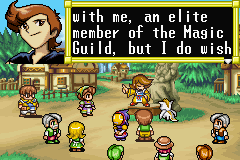
Lunar: Legend was released in 2002 as a version of Silver Star Story Complete for the Nintendo Game Boy Advance. Restricted by the limited storage space of a cartridge, this version omitted the anime sequences and subtly varied the storylines. The main drawback, however, was the lack of the humorous translation that has come to be considered ‘Lunar-esque’ in the West: Ubisoft introduced a new translation that is not half as funny as the original.
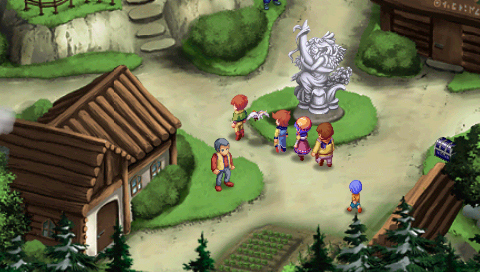
After Working Designs closed its doors in 2005, XSEED released another remake in 2010 called Lunar: Silver Star Harmony. For this PlayStation Portable (and later Vita) release, the graphics and sound were spiced up again, and additional storylines were added. The game’s length increased to around 30 hours. It is also a new translation, but of better quality than Ubisoft’s.
In 2012, a final iteration of the first game was ported by SoMoGa to Apple’s iOS, making it playable on iPhones and iPads. Inexplicably, it was not the ‘best in class’ Silver Star Harmony that was ported, but only the intermediate Silver Star Story Complete. Nevertheless, a new generation of players can now approach the Lunar series in this way. Unfortunately, this port is the last sign of life for the series for 10 years now – reason enough for a trip back in time to the 1990s.
Three years after the 30th Anniversary, we can happily report that with Lunar Remastered Collection, a new instalment arrived – yet again not Harmony, but Complete. A review of the 2025 version will be added here at a later point in time.

Lunar 30th Anniversary Special – Navigation
Introduction | Lunar: The Silver Star | Lunar: Eternal Blue | Lunar: Walking School / Magical School | Lunar: Genesis / Dragon Song | Gaming recommendations and outlook | Interview 1: Kei Shigema | Interview 2: Noriyuki Iwadare
